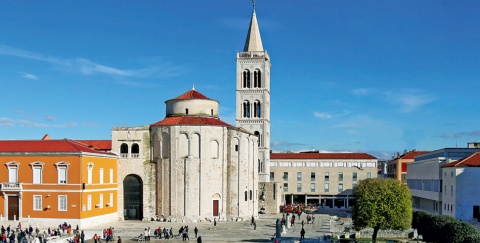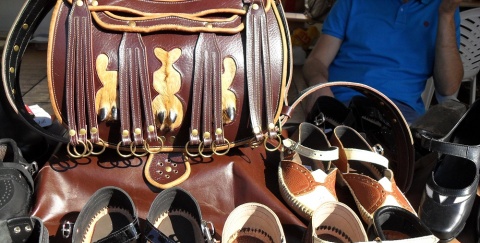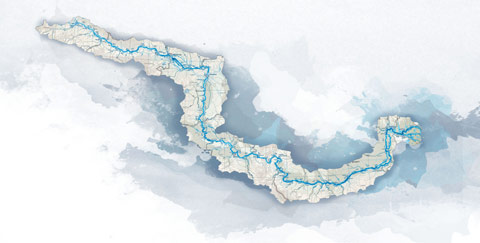
On the banks of the Neretva, 58 metres above sea level, Greek colonists developed an emporion, a trading place for importing goods to Illyria (400 BC). The name Narona probably comes from “náron”, meaning “to dive”. It was thanks to the Neretva valley, which forms a natural passage from the Adriatic Sea to the hinterland, that this Greek emporion. Roman armies moved here first in 156 and then in 135 BC, before Octavian (later Emperor Augustus) took over the city in 33 BC and established a Roman emporium. Narona became a community (Conventus civium Romanorum), then a municipality (Municipium) and then a Roman colony, Colonia Julia Narona, with full Roman civil rights. It became an administrative and judicial centre of the region.
The forum, mosaics, several temples dedicated to various divinities (Jupiter, Asclepius, Mercury, Mars, Fortuna, Diana, Neptune, Demeter),the head of a marble statue (Emperor Vespasian), baths and what seems to have been a theatre, were found here during several excavation campaigns from 1877 to 1997. Artefacts can be seen in the Archaeological Museum of Narona (2007), Croatia’s first “in situ” museum, built on the site of Augusteum. Augusteum was a Roman temple erected in 10 AD in honour of Augustus. It was discovered in 1996: a team of archaeologists of the Archeological Museum in Split, guided by director Emilio Marina, discovered 16 marble statues of Roman emperors and Augustus’ relatives. The monumental statue of Augustus is 3 metres tall! The temple was destroyed in 4th–5th century. Today, the museum pavilion houses the artefacts and statues that were found here. Some are exhibited on the museum’s patio. Guided tours in Croatian and English are available. The museum tour extends to the archaeological park where sepulchral and decorative sculptures and a mosaic floor can be seen.
Further excavations inGornji grad (Upper Town) and Donji grad (Lower Town) unearthed the city walls (4th and 3rd century BC) in typical Hellenistic-Illyrian style, renewed during Marcomannic Wars (166–180 AD). Two round towers at the main gate of the settlement were replaced when the city extended southeast. Six towers were found on the northern wall, as well as the new city gate that used to stand on the road from Narona to Salona. Four towers were discovered along the south-western walls as well as two Roman inscriptions.
Visit the Ereš Tower when touring the city walls. Constructed in 1825–1851, it contains 40 Latin and two Croatian inscriptions and other interesting finds, some of them transcriptions from Roman originals. The walls include a Roman cippus, an Early Christian impost, two limestone male torsos, and the base of an Early Christian altar.
The archaeological site Erešove bare is located in a marsh called Bare, west of the Lower Town. It can be visited during the tour of the Lower Town walls. Here you can see a Roman villa rustica built in the 2nd century AD and another one built in the 3rd century AD. In the 5th century, an early Christian single-nave church was built on the site of today’s Church of St Vitus (30 x 25 metres), which became important for Christianity in the hinterland. The northern annex contained a baptistery. Steps of the baptismal font went down 1.5 metres, allowing for baptisms by submersion. The church shut down in the 7th century. In 14th–15th century a medieval cemetery was created around its ruins. Today’s St Vitus Church was built in the 17th century on the remains of the medieval cemetery.
DANUBE.TRAVEL has no control over the website content generated by users and/or visitors, neither such content represents a statement, opinion, recommendation or rating by DANUBE.TRAVEL. For further information please refer to DANUBE.TRAVEL – General Website Terms and Conditions of Use.
 EN
EN DE
DE

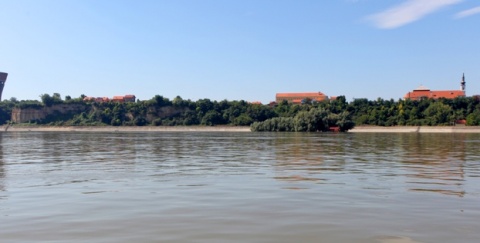

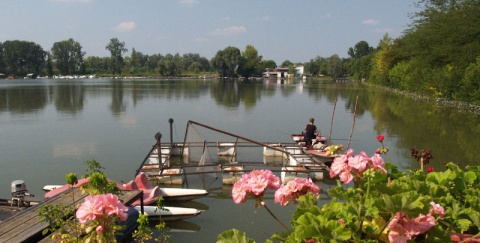
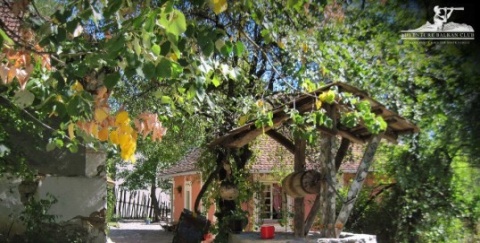
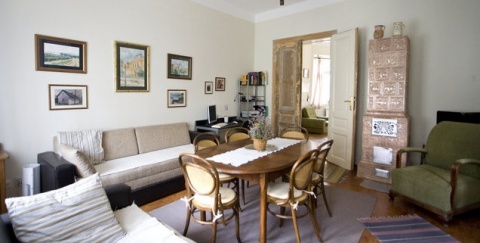
_480x243.jpg)
